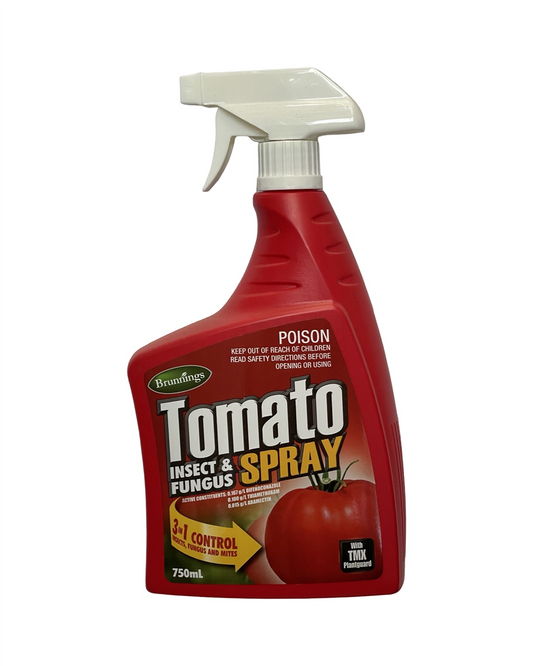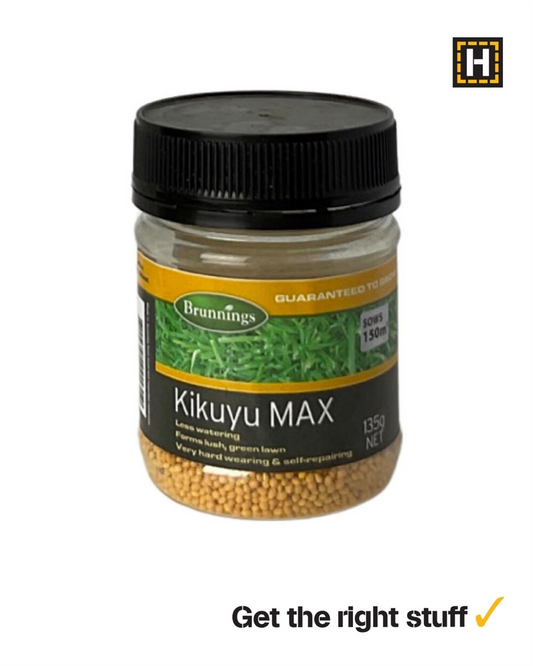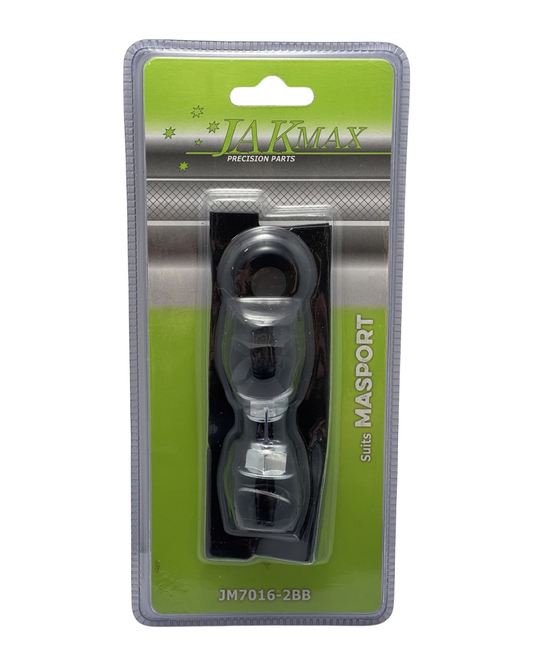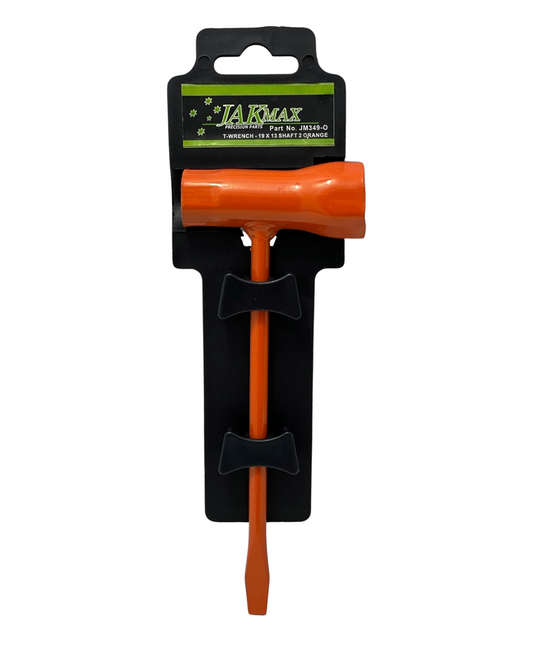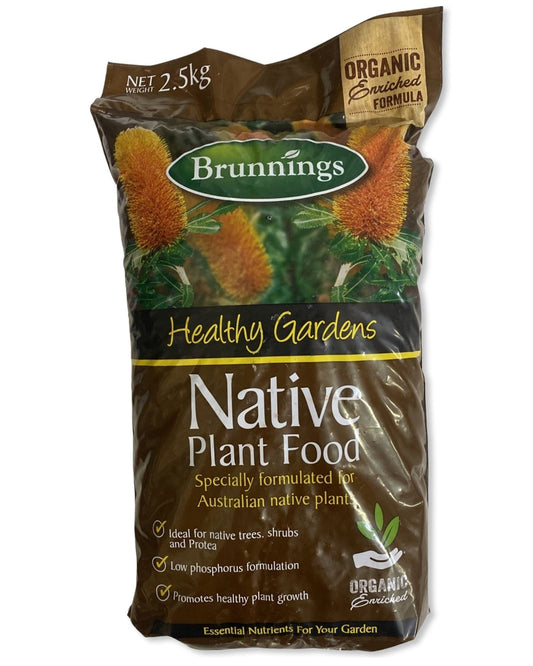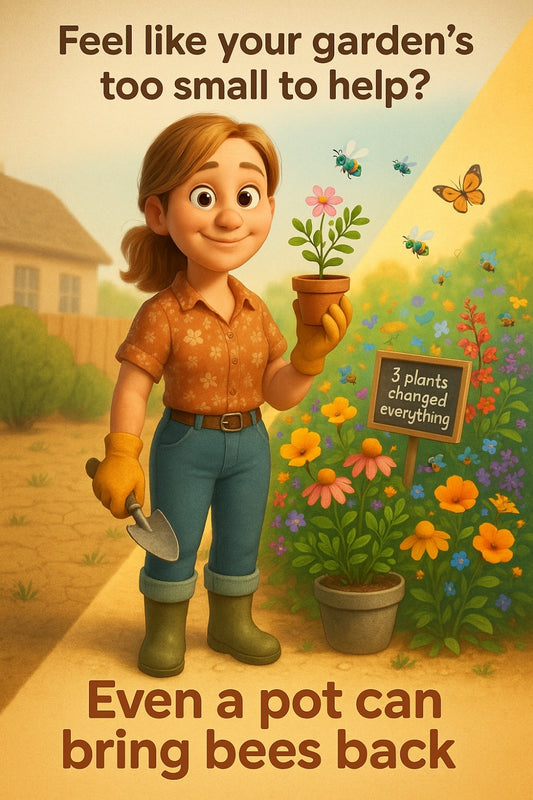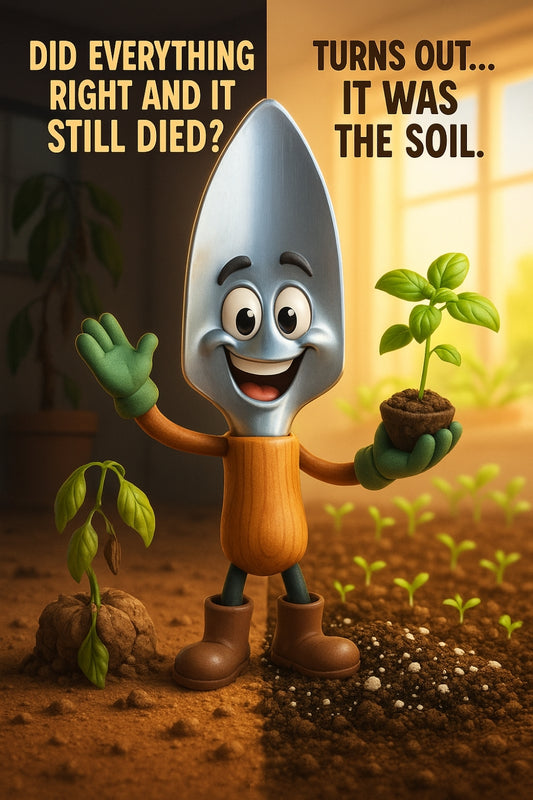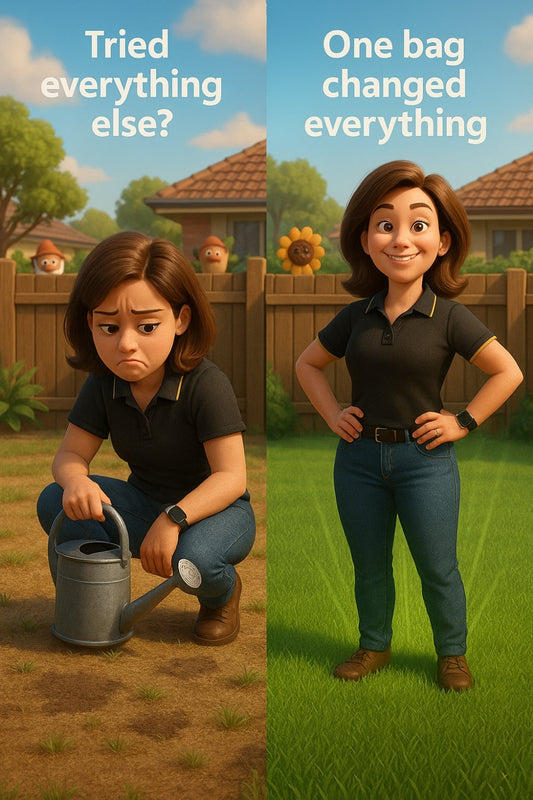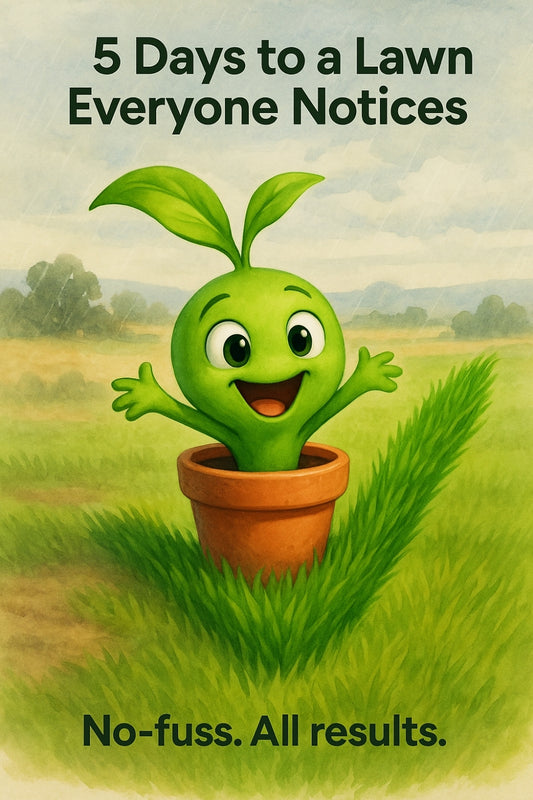Cyclone Tools says rotate crops—so why aren’t your veggies thriving yet? Here’s the twist.
Share
The common gardening trick that could be sabotaging your soil without you even knowing
Why the 'old-school' way of crop rotation might be holding your veggies back
For decades, gardeners have followed one golden rule: “Don’t plant the same veggie in the same spot every year.” Sounds simple, right? Maybe you've even heard it from a Cyclone Tools rep or seen it in a glossy garden mag. But here's the kicker—most of us are doing crop rotation all wrong.
And it's not just a harmless mistake. It could be wrecking your soil health, lowering your yields, and welcoming in disease—all while you think you're doing the right thing. Let’s fix that.
What garden guides don't explain (but should)
Here’s the usual advice: split your garden into sections and change plant families each year—like moving tomatoes, then brassicas, then legumes, then roots. Job done, yeah?
Not quite.
The classic rotation method was developed for big farms, not backyard veggie patches. It doesn’t consider that you might grow more cherry tomatoes than cabbages, or that your raised bed isn’t the size of a paddock. Plus, it leans on one-size-fits-all thinking, ignoring how different plants affect your specific garden soil over time.
Real example: Same soil, wildly different results
One of our long-time regulars, Pete, tried the textbook method. Planted peas after his tomatoes, then swapped in cauliflower. By year three, everything looked... tired. Yellowing leaves. Stunted growth. It wasn’t until we did a pH test that we saw the soil had become way too acidic—thanks to poor drainage and repeat composting in a low-light corner.
"I thought I was rotating properly, but it felt like I was going backwards,” Pete said. “Turns out, I was.”
Now? Pete maps his beds around the conditions of each zone—sun, drainage, soil depth—not just a rotation calendar. His kale's lush, his carrots are proud, and he’s no longer guessing.
So, what’s going wrong?
- Misunderstanding plant families: Tomatoes, capsicums, chillies and eggplants are all from the same family. Rotating them between beds doesn’t do much.
- Ignoring soil recovery time: Some spots just need a break. Overuse = depletion, no matter what grows there.
- One-directional planning: Locking into a four-year cycle doesn’t account for seasonal preferences, failed crops, or successions.
How to do it better (and smarter)
1. Think practically, not perfectly
Don’t twist yourself into knots over traditional “rotation groups.” Instead, focus on grouping plants by feeding habits—heavy feeders (like corn & tomatoes), light feeders (like carrots), and soil improvers (like legumes). Adjust from there.
2. Observe & adapt
Watch how your soil behaves across the year. Some spots dry out fast. Others stay damp. Some are shaded more than you think. Rotate based on how your garden acts—not a textbook.
3. Make room for rest
Let at least one bed or patch go fallow—or fill it with mustard, marigolds or legumes to rebuild soil nutrients. These plants act like a natural reset button.
4. Sketch it quickly
Snap a pic on your phone, jot in a notebook, or use a garden planner app. Tracking your crop moves helps stop lazy repeats and starts to show what works best where.
Old-school version: rigid calendar. New-school version: soil-first strategy.
Here’s the truth: real crop rotation is about soil care, not just a calendar hop. Don’t be afraid to adjust mid-season. If your spinach bolts early, pop in some beans. If slaters take over, interplant with herbs they hate like thyme or mint.
The best gardeners aren’t stuck in tradition—they’re curious, observant, and a little scrappy. They know the goal isn’t to follow the rules; it’s to grow strong, happy plants in soil that feeds them year after year.
You don’t need rules—you need a rhythm
The biggest mindset shift? Stop thinking of rotation as a puzzle with right or wrong answers. Start treating it like dancing with your soil. Step in. Listen. Adjust. Respond. The outcome? Less confusion, better harvests, and a garden that feels like yours—not someone else's spreadsheet come to life.
Happy growing,
Candeece 🌱
 Stay Connected
Stay Connected
Join our gardening community on Facebook: Urban Gardener's Notebook
And follow our Store Facebook Page: Strathalbyn H Hardware on Facebook

